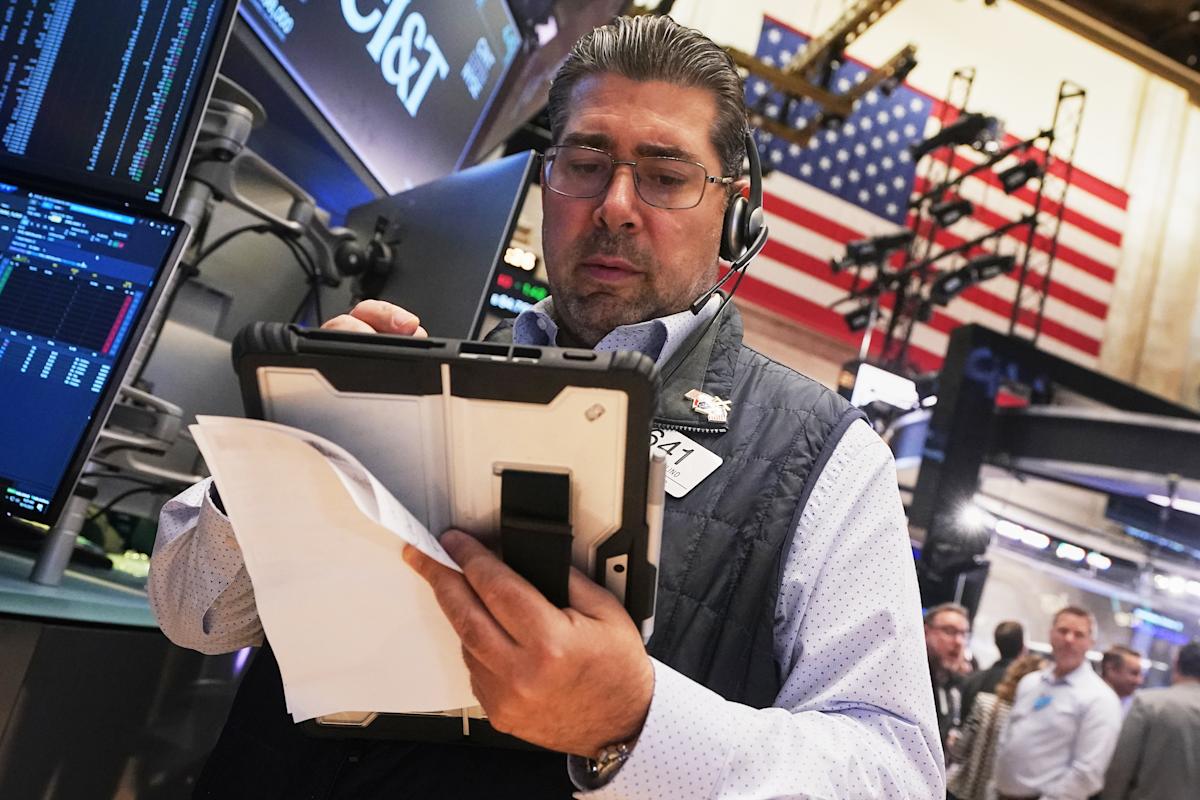Eurozone inflation rose 2.2% on an annual basis in September, up from 2% in August, the latest figures from Eurostat, the statistical office of the European Union, confirmed. A year earlier, the rate was 1.7%.
Meanwhile, European Union (EU) annual inflation was 2.6% during the period, up from 2.4% the previous month, and compares to a rate of 2.1% a year prior.
The figures released on Friday, confirm the flash release seen earlier this month, offering the European Central Bank (ECB) few reasons to further ease monetary policy.
They also back comments by ECB officials Pierre Wunsch and Martin Kocher, who suggested on Thursday that the central bank might be at the end of its rate-cutting cycle, or very close to it.
Speaking at the IMF and World Bank annual meetings in Washington on Wednesday, Kocher said: “At the moment, I think we’re in a good place. So, there’s no reason to change anything, as long as there are no changes that force us to do something. And if you take the larger picture, yes, the easing cycle is close to an end or at its end, but there’s no reason to pre-commit at that stage.”
On inflation, Kocher added that expectations are “well anchored” and there are no reasons to above-target rates.
However, stripping out more volatile items like food and fuel, core inflation number rose to 2.4% in the twelve months to September, the highest level since April, increasing from 2.3% in the prior month.
It comes as the ECB has cut interest rates by two percentage points in the year to June but has been on hold since. It has argued that inflation has remained close to its 2% target and that there was no urgency in adjusting rates further.
It is widely expected to keep rates unchanged at its next meeting at the end of the month, and at least until the end of the year.
Neil Birrell, chief investment officer at Premier Miton, said it was a case of “nothing to see here”.
